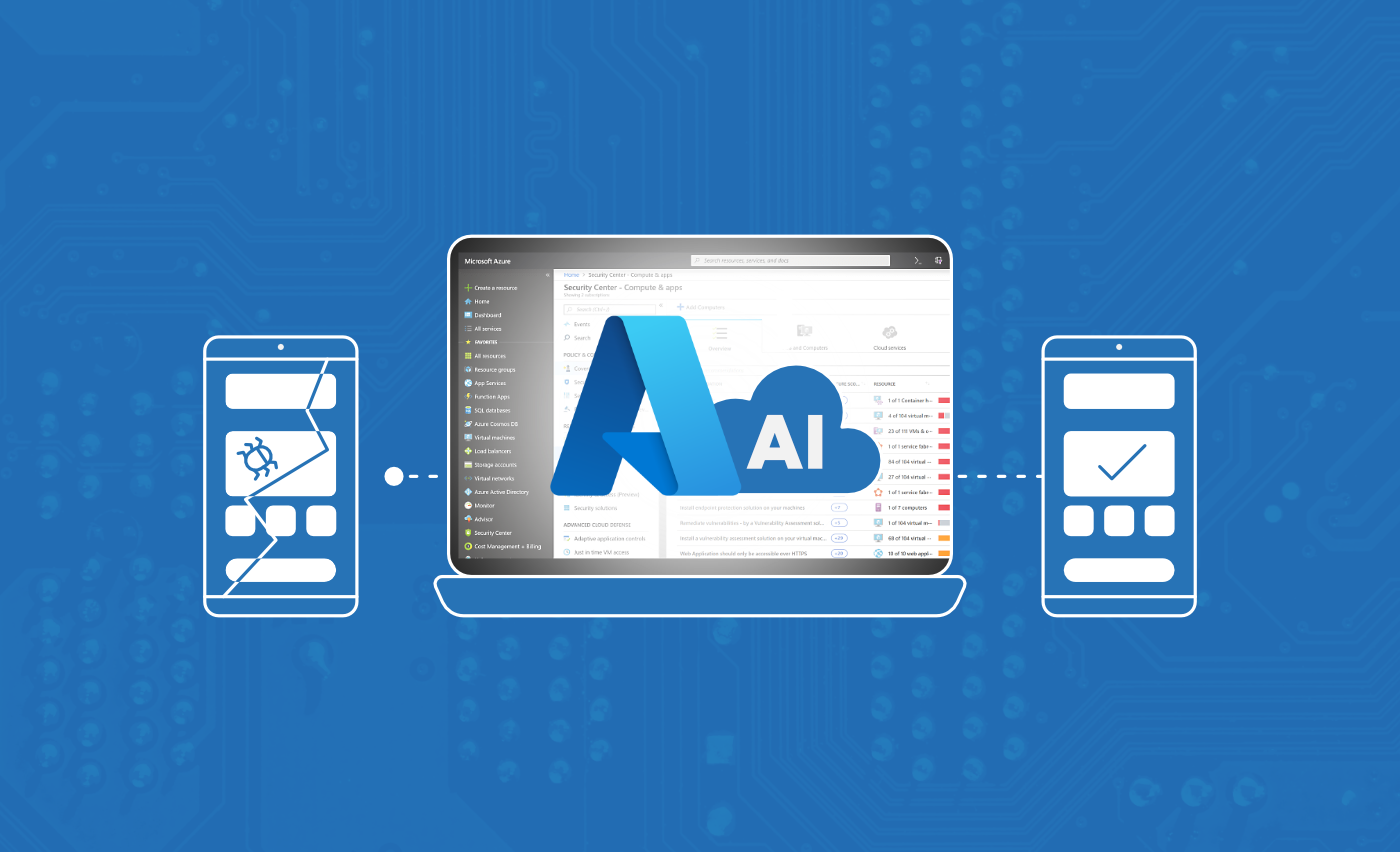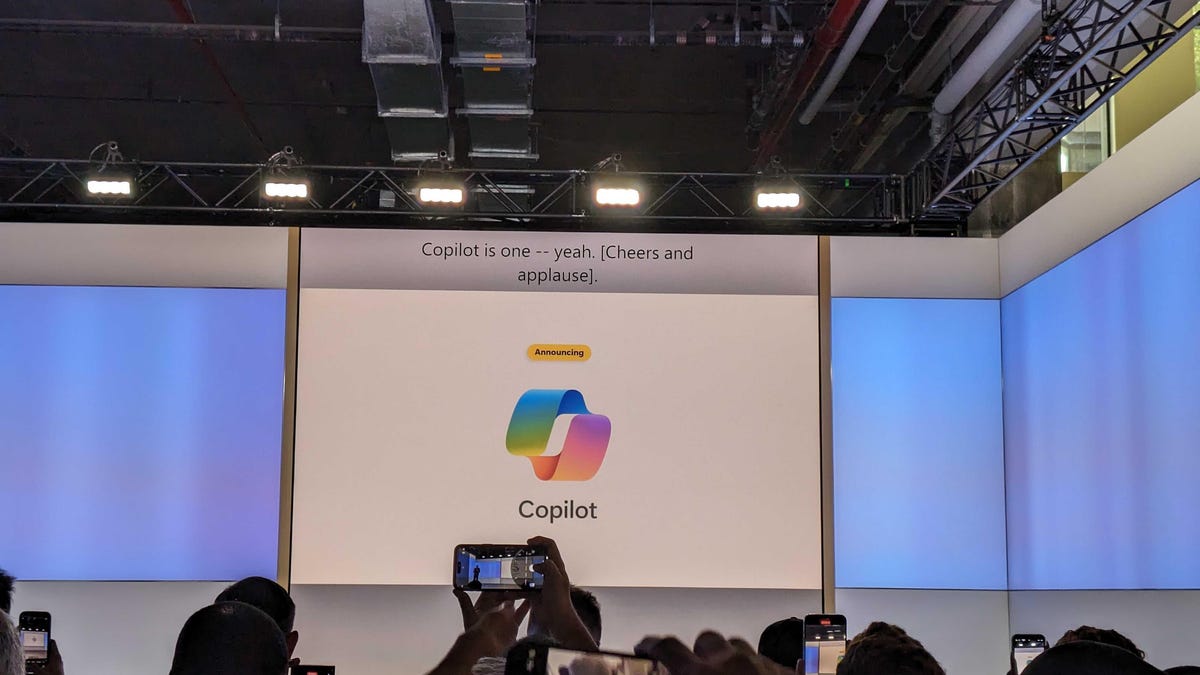HR Leaders’ strategies for elevating employee engagement in global organisations

In the age of AI, HR technologies have emerged as powerful tools for enhancing
employee engagement by streamlining HR processes, improving communication, and
personalising the employee experience. Sreedhara added “By embracing HR Tech, we
can enhance the employee experience by reducing administrative burdens,
improving access to information, and enabling employees to focus on more
meaningful aspects of their work. Moreover, these technologies can contribute to
greater employee engagement. Enhancing employee experience via HR tech and tools
can improve efficiency, and empower employees to take more control of their
work-related tasks. We have also enabled some self-service technologies like:
Employee portal that serves all HR-related tasks, and access to policies and
processes across the employee life cycle - Onboarding, performance management,
benefits enrolment, and expense management; Employee feedback and surveys;
Databank for predictive analysis (early warning systems) and manage employee
engagement.”
Bolstering enterprise LLMs with machine learning operations foundations

Risk mitigation is paramount throughout the entire lifecycle of the model.
Observability, logging, and tracing are core components of MLOps processes,
which help monitor models for accuracy, performance, data quality, and drift
after their release. This is critical for LLMs too, but there are additional
infrastructure layers to consider. LLMs can “hallucinate,” where they
occasionally output false knowledge. Organizations need proper
guardrails—controls that enforce a specific format or policy—to ensure LLMs in
production return acceptable responses. Traditional ML models rely on
quantitative, statistical approaches to apply root cause analyses to model
inaccuracy and drift in production. With LLMs, this is more subjective: it may
involve running a qualitative scoring of the LLM’s outputs, then running it
against an API with pre-set guardrails to ensure an acceptable answer.
Governance of enterprise LLMs will be both an art and science, and many
organizations are still understanding how to codify them into actionable risk
thresholds.
Reimagining Application Development with AI: A New Paradigm

AI-assisted pair programming is a collaborative coding approach where an AI
system — like GitHub Copilot or TestPilot — assists developers during coding.
It’s an increasingly common approach that significantly impacts developer
productivity. In fact, GitHub Copilot is now behind an average of 46 percent of
developers’ code and users are seeing 55 percent faster task completion on
average. For new software developers, or those interested in learning new
skills, AI-assisted pair programming are training wheels for coding. With the
benefits of code snippet suggestions, developers can avoid struggling with
beginner pitfalls like language syntax. Tools like ChatGPT can act as a
personal, on-demand tutor — answering questions, generating code samples, and
explaining complex code syntax and logic. These tools dramatically speed the
learning process and help developers gain confidence in their coding abilities.
Building applications with AI tools hastens development and provides more robust
code.
Don't Let AI Frenzy Lead to Overlooking Security Risks
"Everybody is talking about prompt injection or backporting models because it is
so cool and hot. But most people are still struggling with the basics when it
comes to security, and these basics continue to be wrong," said John Stone -
whose title at Google Cloud is "chaos coordinator" - while speaking at
Information Security Media Group's London Cybersecurity Summit. Successful AI
implementation requires a secure foundation, meaning that firms should focus on
remediating vulnerabilities in the supply chain, source code, and larger IT
infrastructure, Stone said. "There are always new things to think about. But the
older security risks are still going to happen. You still have infrastructure.
You still have your software supply chain and source code to think about." Andy
Chakraborty, head of technology platforms at Santander U.K., told the audience
that highly regulated sectors such as banking and finance must especially
exercise caution when deploying AI solutions that are trained on public data
sets.
The second coming of Microsoft's do-it-all laptop is more functional than ever

Microsoft's Surface Laptop Studio 2 is really unlike any other laptop on the
market right now. The screen is held up by a tiltable hinge that lets it switch
from what I'll call "regular laptop mode" to stage mode (the display is angled
like the image above) to studio mode (the display is laid flat, screen-side up,
like a tablet). The closest thing I can think of is, well, the previous Laptop
Studio model, which fields the same shape-shifting form factor. But after today,
if you're the customer for Microsoft's screen-tilting Surface device, then your
eyes will be all over the latest model, not the old. That's a good deal,
because, unlike the predecessor, the new Surface Laptop Studio 2 features an
improved 13th Gen Intel Core H-class processor, NVIDIA's latest RTX 4050/4060
GPUs, and an Intel NPU on Windows for video calling optimizations (which never
hurts to have). Every Microsoft expert on the demo floor made it clear to me
that gaming and content creation workflows are still the focus of the Studio
laptop, so the changes under the hood make sense.
Why more security doesn’t mean more effective compliance
Worse, the more tools there are to manage, the harder it might be to prove
compliance with an evolving patchwork of global cybersecurity rules and
regulations. That’s especially true of legislation like DORA, which focuses less
on prescriptive technology controls and more on providing evidence of why
policies were put in place, how they’re evolving, and how organizations can
prove they’re delivering the intended outcomes. In fact, it explicitly states
that security and IT tools must be continuously monitored and controlled to
minimize risk. This is a challenge when organizations rely on manual evidence
gathering. Panaseer research reveals that while 82% are confident they’re able
to meet compliance deadlines, 49% mostly or solely rely on manual, point-in-time
audits. This simply isn’t sustainable for IT teams, given the number of security
controls they must manage, the volume of data they generate, and continuous,
risk-based compliance requirements. They need a more automated way to
continuously measure and evidence KPIs and metrics across all security
controls.
EU Chips Act comes into force to ensure supply chain resilience
“With the entry into force today of the European Chips Act, Europe takes a
decisive step forward in determining its own destiny. Investment is already
happening, coupled with considerable public funding and a robust regulatory
framework,” said Thierry Breton, commissioner for Internal Market, in comments
posted alongside the announcement. “We are becoming an industrial powerhouse in
the markets of the future — capable of supplying ourselves and the world with
both mature and advanced semiconductors. Semiconductors that are essential
building blocks of the technologies that will shape our future, our industry,
and our defense base,” he said. The European Union’s Chips Act is not the only
government-backed plan aimed at shoring up domestic chip manufacturing in the
wake of the supply chain crisis that has plagued the semiconductor industry in
recent years. In the past year, the US, UK, Chinese, Taiwanese, South Korean,
and Japanese governments have all announced similar plans.
Microsoft Copilot Brings AI to Windows 11, Works Across Multiple Apps and Your Phone

With Copilot, it's possible to ask the AI to write a summary of a book in the
middle of a Word document, or to select an image and have the AI remove the
background. In one example, Microsoft showed a long email and demonstrated that
when you highlight the text, Copilot appears so you can ask it questions related
to the email. And that information can be cross-referenced to information found
online, such as asking Copilot for lunch spots nearby based on the email's
content. Copilot will be available on the Windows 11 desktop taskbar, making it
instantly available at one click. Microsoft says that whether you're using Word,
PowerPoint or Edge, you can call on Copilot to assist you with various tasks. It
can also be called on via voice. Copilot can connect to your phone, so, for
example, you can ask it when your next flight is and it'll look through your
text messages and find the necessary information. Edge, Microsoft's web browser,
will also have Copilot integrations.
What Are the Biggest Lessons from the MGM Ransomware Attack?

Ransomware groups increasingly focus on branding and reputation, according to
Ferhat Dikbiyik, head of research at third-party risk management software
company Black Kite. “When ransomware first made its appearance, the attacks were
relatively unsophisticated. Over the years, we have observed a marked elevation
in their capabilities and tactics,” he tells InformationWeek in a phone
interview. ... The group also called out: “The rumors about teenagers from the
US and UK breaking into this organization are still just that -- rumors. We are
waiting for these ostensibly respected cybersecurity firms who continue to make
this claim to start providing solid evidence to support it.” Dikbiyik also notes
that ransomware groups’ more nuanced selection of targets is an indication of
increased professionalism. “These groups are doing their homework. They have
resources. They acquire intelligence tools…they try to learn their targets,” he
says. While ransomware is lucrative, money isn’t the only goal. Selecting
high-profile targets, such as MGM, helps these groups to build a reputation,
according to Dikbiyik.
A Dimensional Modeling Primer with Mark Peco

“Dimensional models are made up of two elements: facts and dimensions,” he
explained. “A fact quantifies a property (e.g., a process cost or efficiency
score) and is a measurement that can be captured at a point in time. It’s
essentially just a number. A dimension provides the context for that number
(e.g., when it was measured, who was the customer, what was the product).” It’s
through combining facts and dimensions that we create information that can be
used to answer business questions, especially those that relate to process
improvement or business performance, Peco said. Peco went on to say that one of
the biggest challenges he sees with companies using dimensional models is with
integrating the potentially huge number of models into one coherent picture of
the business. “A company has many, many processes,” he said, “and each requires
its own dimensional model, so there has to be some way of joining these models
together to give a complete picture of the organization.”
Quote for the day:
"Things work out best for those who make
the best of how things work out." -- John Wooden
No comments:
Post a Comment